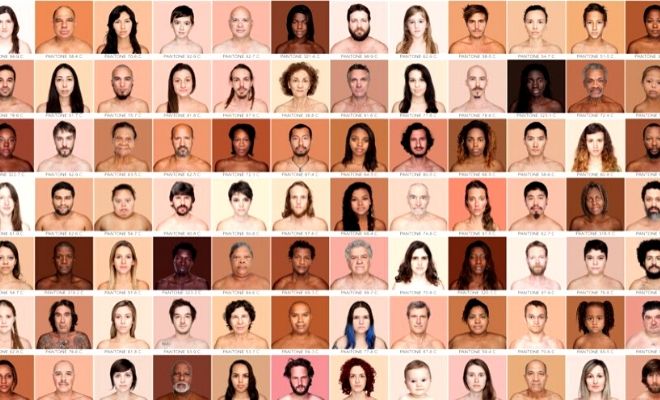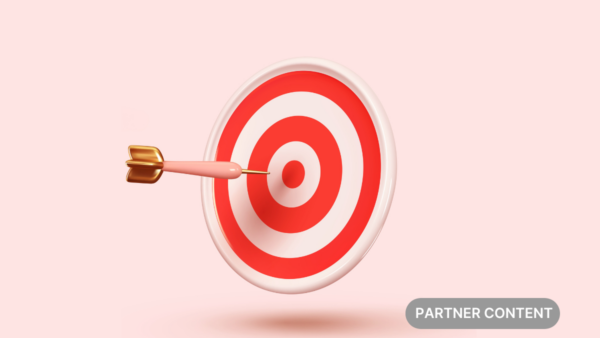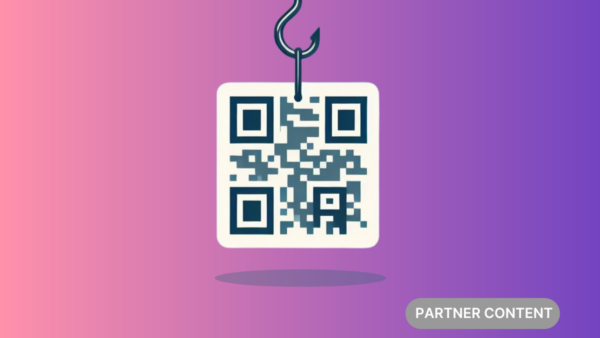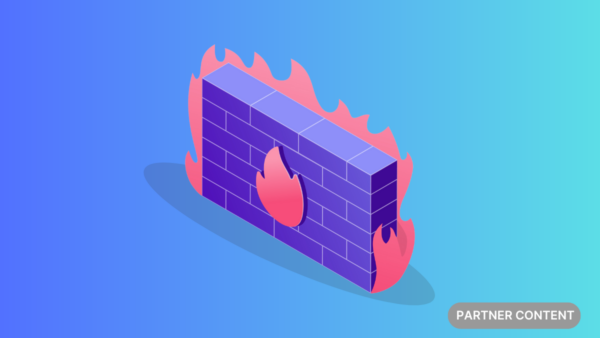When Brazil’s national statistics institute IBGE carried out its most recent national census in 2010, the results were unexpected. For the first time ever, more than half of the population – 54 percent, to be exact – identified as either black or brown/mixed.
Labels used in the census to describe race haven’t evolved much over time. In 2010, Brazilians could choose only between black, white, brown/mixed, indigenous, or, for its inhabitants with East-Asian heritage, yellow (yikes). In fact, this isn’t so different from the first census conducted by IBGE in 1872, offering the options of ‘black’, ‘white’, brown/mixed (‘pardo’), or indigenous (‘caboclo’).
The “race” segment of the Brazilian census is based on self-assigned skin color instead of ethnicity. Thanks to Brazil’s complicated history of miscegenation with indigenous people, Europeans, and Africans, it’s pretty difficult for many Brazilians to trace their heritage.
But in 1976, when IBGE researchers asked the country’s citizens to describe their skin color for themselves, they ended up with more than they bargained for. Between them, the thousands of Brazilians surveyed gave the researchers a list of 136 different colors, ranging from “coffee,” “cinnamon” and “honey” to “toasted,” “singed” and even “wheat.”
For all of our diversity, the 2010 census’s results still came as a surprise for many Brazilians. Modern inequality correlates strongly with race in Brazil, so for more than half of the population to identify as black – and therefore more likely to face disadvantage – was nothing short of a revelation for many Brazilians.
Experts believe that what actually changed was not the number of Black Brazilians, but the number of those self-identifying as Black due to recent surges in Afro-Brazilian educational and cultural movements.
Race and social class are political
Rio de Janeiro was the largest slave port in the Americas, and 40 percent of all slaves forcibly shipped from Africa were moved through Brazilian ports. An estimated 4 million African slaves passed through Brazil – that’s ten times higher than the number reaching the U.S., according to the Trans-Atlantic Slave Trade Database.
Under international pressure, in 1888 Brazil became the last country in the Western world to abolish slavery. But the country’s political class, manipulated by coffee oligarchs who benefitted from the system, merely outlawed the practice of slavery rather than establishing policies that would guarantee civil rights for emancipated slaves.
Yet even then, Afro-Brazilians weren’t granted civil rights, which made it nearly impossible to find employment or housing.

Consequently, race and social class have become closely linked. An 1895 oil painting by artist Modesto Brocos reveals contemporary attitudes, showing a mixed-race mother cradling a white baby. Next to her, a black grandmother lifts her hands in praise to the heavens for a grandson who will not be a slave. Titled A Redenção de Cam (‘The Redemption of Canaan’), Brocos’ work references a story from the Book of Genesis in which Canaan and his descendants are cursed to be ‘servants of servants’.
Meanwhile, as with many other countries in the early 20th century, Brazil’s leaders also experimented with eugenics. Believing that whites were superior, officials set about building policies that would “whiten” the country. Policies encouraged miscegenation, hoping to produce results like those depicted in Brocos’ work.
Brazil also actively courted immigrants from countries like Germany, Switzerland, and Poland, allowing them to build isolated communities that replicated their own culture, all while forbidding African immigration.
The remnants of these societies exist today, for example with the former German settlement Pomerode where residents still speak both Portuguese and German. Brazil’s unabashed white nationalism also saw the founding of Americana in the 1860s, where white U.S. Southerners fled to found their own Confederate town after losing the Civil War.
This town still exists today, and residents continue to celebrate their Confederate heritage.
Deliberate political ignorance fuels modern inequality
Pervasive inequality has survived over time, perpetuated by a consistent lack of representation at the top of Brazil’s central power structures. White Brazilians continue to occupy an overwhelming majority of positions of power, accounting for approximately three-quarters of our political figures and 82 percent of the country’s richest 1 percent.
Meanwhile, although 54 percent of the population now identify as Black, they make up only a handful of politicians, judges and academics. The number of Black and mixed Brazilians occupying high-paying jobs in fields such as medicine and dentistry also remains shockingly low.
Brazil’s relationship to slavery is the root cause of this inequality. Wilful political ignorance of civil rights meant that policies were not adopted to help Afro-Brazilians find employment. When the government failed to provide Afro-Brazilians with the homes it promised in return for their participation in the War of Independence, many just built their own.
These became favelas, low-income housing communities on the outskirts of urban centers across Brazil, named after a desert plant that can grow in difficult terrain.

This lack of provisions meant that social mobility was far more difficult for Afro-Brazilians, and the effects of this trickle remain to the present day. Currently, just 12.8 percent of black Brazilians have received higher education. Brazilians of African descent are also more likely to have precarious living situations, for example, a lack of basic sanitation.
Although the percentage of Afro-Brazilians with basic sanitation did increase by 11 percentage points to 55.3 percent between 2005 and 2015, that number is still far below the percentage of whites who have access to sanitation (71.9 percent). Today, Black Brazilians remain with less access to quality education and healthcare than their white counterparts.
Some policies have been put into place in an attempt to loosen the links between race, class, and inequality and create more social mobility. Affirmative action-style quotas exist at the country’s top universities, as well as for some public job sectors.
These haven’t been without controversy or difficulty, however – for example, many white Brazilians claim African heritage, either in the form of Black grandparents or a shared colonial past.
But Brazilians whose color is more visible claim that the white-passing Brazilians don’t actually experience the same routine forms of discrimination. Quotas are yielding some progress, but still need some technicalities ironed out. In the meantime, Brazilian society still needs to have an important conversation about privilege, social mobility, and race.










 Search
Search






































